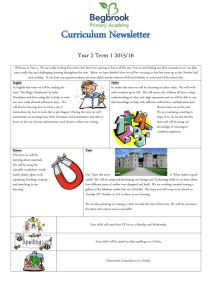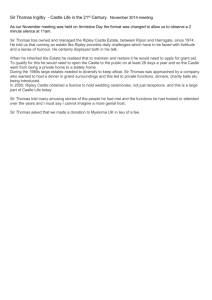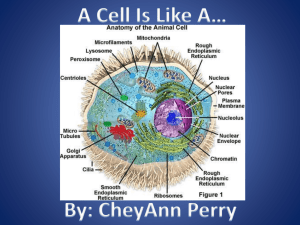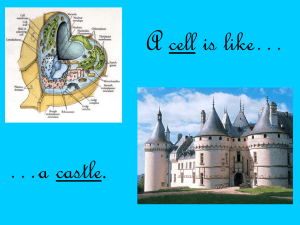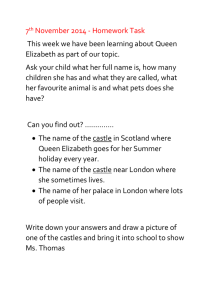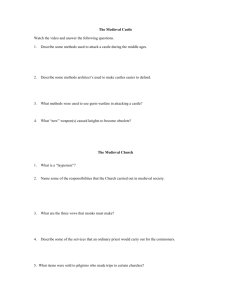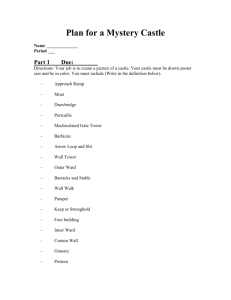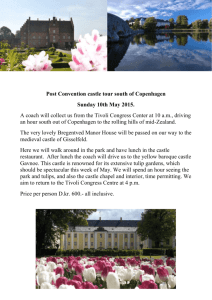Fotheringhay Historic Landscape Trail
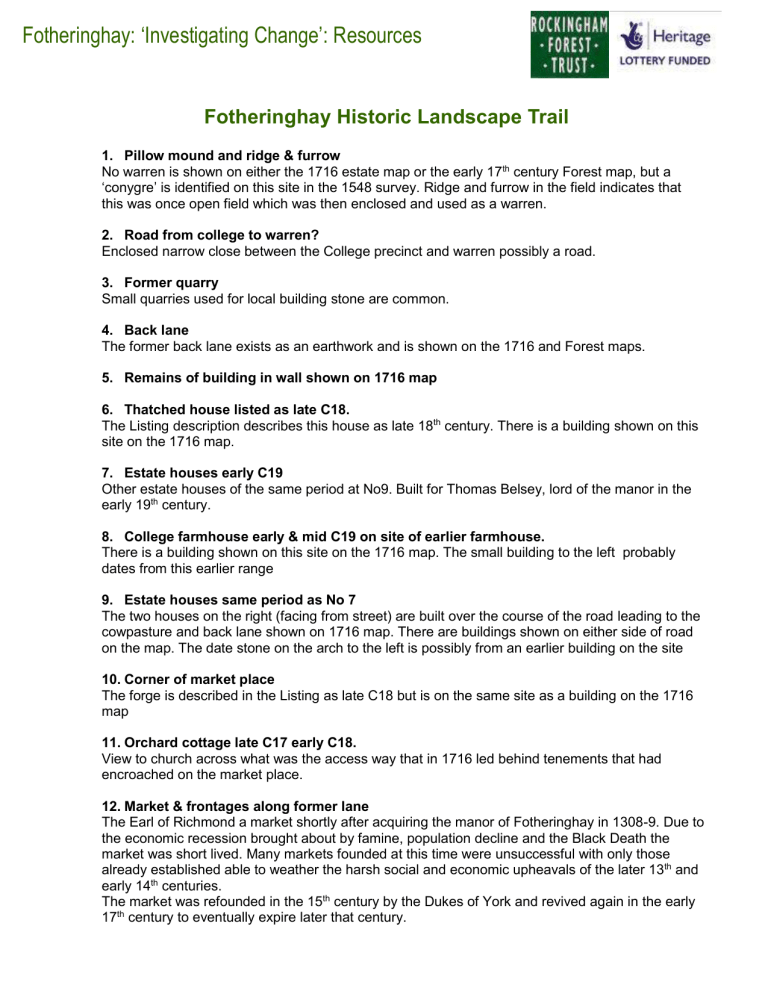
Fotheringhay: ‘Investigating Change’: Resources
Fotheringhay Historic Landscape Trail
1. Pillow mound and ridge & furrow
No warren is shown on either the 1716 estate map or the early 17 th century Forest map, but a
‘conygre’ is identified on this site in the 1548 survey. Ridge and furrow in the field indicates that this was once open field which was then enclosed and used as a warren.
2. Road from college to warren?
Enclosed narrow close between the College precinct and warren possibly a road.
3. Former quarry
Small quarries used for local building stone are common.
4. Back lane
The former back lane exists as an earthwork and is shown on the 1716 and Forest maps.
5. Remains of building in wall shown on 1716 map
6. Thatched house listed as late C18.
The Listing description describes this house as late 18 th century. There is a building shown on this site on the 1716 map.
7. Estate houses early C19
Other estate houses of the same period at No9. Built for Thomas Belsey, lord of the manor in the early 19 th century.
8. College farmhouse early & mid C19 on site of earlier farmhouse.
There is a building shown on this site on the 1716 map. The small building to the left probably dates from this earlier range
9. Estate houses same period as No 7
The two houses on the right (facing from street) are built over the course of the road leading to the cowpasture and back lane shown on 1716 map. There are buildings shown on either side of road on the map. The date stone on the arch to the left is possibly from an earlier building on the site
10. Corner of market place
The forge is described in the Listing as late C18 but is on the same site as a building on the 1716 map
11. Orchard cottage late C17 early C18.
View to church across what was the access way that in 1716 led behind tenements that had encroached on the market place.
12. Market & frontages along former lane
The Earl of Richmond a market shortly after acquiring the manor of Fotheringhay in 1308-9. Due to the economic recession brought about by famine, population decline and the Black Death the market was short lived. Many markets founded at this time were unsuccessful with only those already established able to weather the harsh social and economic upheavals of the later 13 th and early 14 th centuries.
The market was refounded in the 15 th century by the Dukes of York and revived again in the early
17 th century to eventually expire later that century.
Fotheringhay: ‘Investigating Change’: Resources
13. Earthworks of former buildings can be seen in this plot
14. New road
The Nassington road was moved to this location after 1716. The undated estate map shows the position of the new road added at some later date.
15. Church
Probably built in 1434 on the site of an earlier church. Inside the church is a model of the church with collegiate buildings
16. College
A College existed in the late 14 th century in the Castle. In the early 15 th century the Dukes of York transferred the College to the site of the parish church close to the site of the 12 th century Cluniac nunnery. The College was closed at the Dissolution and granted to the Duke of Northumberland who promptly pulled down the quire and stripped the roofs of lead. Reverting to the Crown on the
Duke’s execution it was sold and over time robbed of any materials of value and allowed to decay.
The tombs of the Dukes of York were removed from the ruins of the quire into the nave of the parish church.
17. End of quire earthwork
Earthwork in churchyard that probably represents the end of the former quire
18.
‘Old inn’ early C15
The inns provided accommodation for guests to the castle
19. ‘New inn’ mid C15
20. Mill & bridge
Site of a water mill still extant in 1716 but gone by 1814.
The main road through Fotheringhay to Nassington used to run by the side of the mill and crossed the Willow Brook close to this site.
21. Earthworks of uncertain significance
22. Castle
The motte and its eastern bailey is the castle which was probably originally built in the early 12 th century by Simon de Senlis, Earl of Huntingdon and Northampton.
The castle was acquired in 1377 and rebuilt and enlarged by the Dukes of York. Richard III was born here in 1452 but after his death at the Battle of Bosworth in 1485 the castle and estate became the residence of a succession of Tudor Queens. Its major claim to fame is as the trial and execution site of Mary Queen of Scots in 1587.
The castle was razed in 1627.
23. Little Park
The Little Park lies to the southeast of the castle and was created in 1464. It appears to have still been in use as a park in the early 17 th century. An earthwork bank and ditch survives where the park pale used to run.

